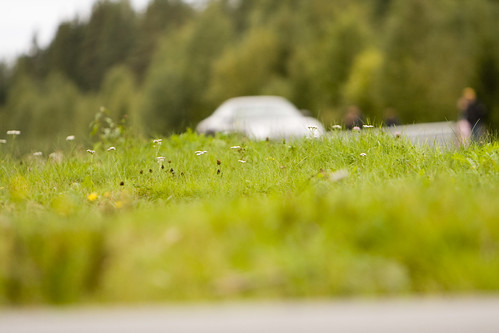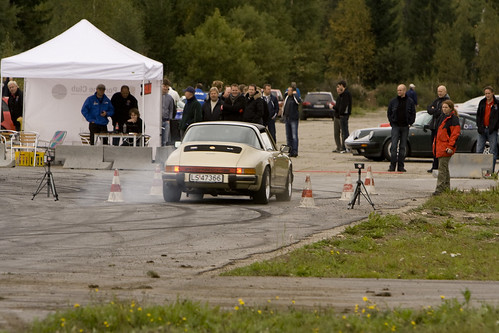While getting the trac-svn integration up and running in one of our repositories tonight, I stumbled across this issue. Most links I found on Google said to try to run the post-commit script by itself under the same user, which worked just fine. Checked that all my paths were absolute paths to avoid assuming any CWD, but still nothing. After trying to minimize the problem I discovered that even with a post-commit-script of just environmental assignments, things were still failing. This nabble archived thread did however give a very important hint by Ryan Schmidt (who obviously has solved the post-commit problems for every single developer out there, if I were to judge by the number of times his name comes up. Awesome work, Ryan.):
Your post-commit must also begin with a line like “#!/bin/sh” and have its executable bit set.
Wow. Homer Simpson “Doh!”-moment right there. No #!/bin/bash (or #!/bin/sh) ment that SVN weren’t able to run the script with the proper interpreter. When running it from the command line, bash were already running of course, so it just assumed that it was a bash script .. and it were right.
Thanks Ryan, saved me a couple of hours tonight.









